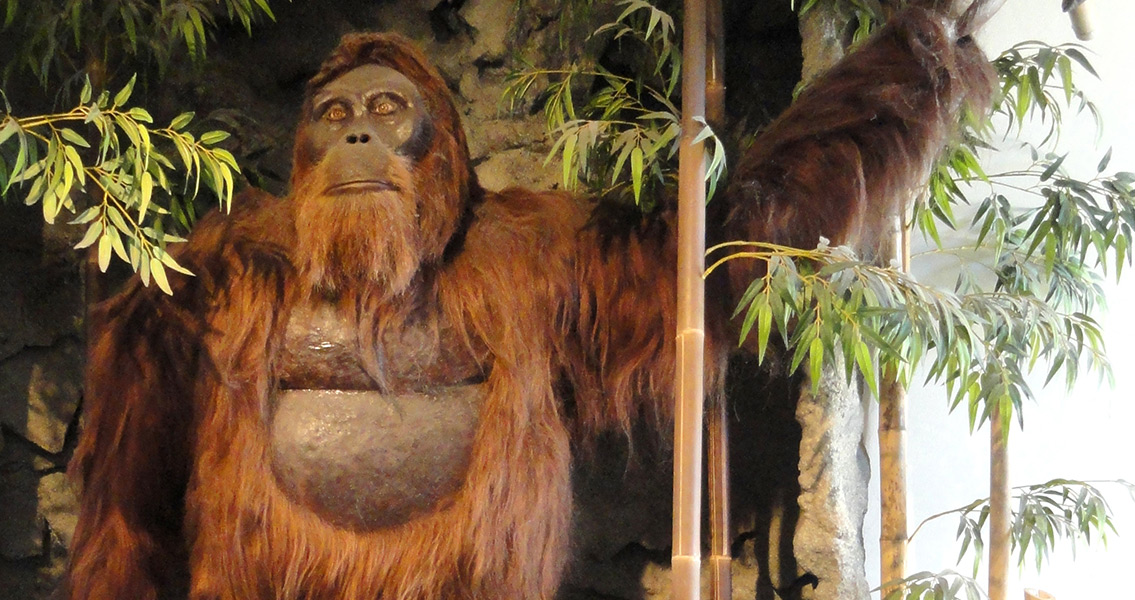<![CDATA[A team of scientists from two German research institutions has taken a closer look at an ancient, giant gorilla species and exactly why it disappeared off the face of the planet 100,000 years ago. The joint project, spearheaded by researchers from Frankfurt’s Senckenberg Research Institute and Tübingen’s Senckenberg Center for Human Evolution and Paleoenvironment (HEP), undertook a detailed analysis of Gigantopithecus, the prehistoric gorilla species that is routinely considered to be one of the largest apes to have ever inhabited the Earth. More Mighty Joe Young than King Kong, Gigantopithecus is thought to have stood as high as 3 meters tall and weighed between 200 kilograms and 500 kilograms, yet the scientists have concluded that the inability for the giant gorilla species to adapt was a major contributor to its extinction, based on fossil tooth enamel analysis. The diet of Gigantopithecus may have been a major contributor to its decline and demise as a species. There are several different theorized diets for the giant gorilla, ranging from herbivore to carnivore and everything in between, but the new research study sheds some much-needed light. The problem, according to Seckenberg Center for HEP professor Hervé Bocherens, is that only a handful of fossilized remains have been discovered. However, since a large proportion of the few extant fossils are bones and teeth from the lower jaw, Dr. Bocherens and his colleagues were able to subject the enamel of these teeth to analysis, revealing that Gigantopithecus' diet was exclusively vegetarian – and that their habitat was exclusive to forested regions. Examining the diet of any primate species – from humanity all the way back to Gigantopithecus – can help shed light on the evolutionary history of that species, Bocherens remarked in an interview with Phys.org. Exhaustive research could also begin to resolve the mystery surrounding why the giant gorilla went extinct. Restriction to just one type of habitat – in addition to Gigantopithecus' massive size – likely played an integral role in the slow decline and die-off of the great ape. Modern primates that are related to Gigantopithecus and are specialized to certain habitats, such as the orangutan, are able to survive on much less food than the ancient gorilla would have needed, Dr. Bocherens explained, adding that the relatively slow metabolism of the orangutan also helps contribute to its survival as a species. Gigantopithecus was unlikely to have had these advantages, the geoscientist concluded. Additionally, the ancient ape species would have lost precious forest habitat during the Pleistocene as these regions transitioned to savanna grasslands, severely limiting the food supply. The research study, which was recently published in the journal Quaternary International, can be found here. Image courtesy of Wikimedia Commons user: Daderot]]>
Adapt or Die: Origins of Giant Gorilla Species' Extinction
